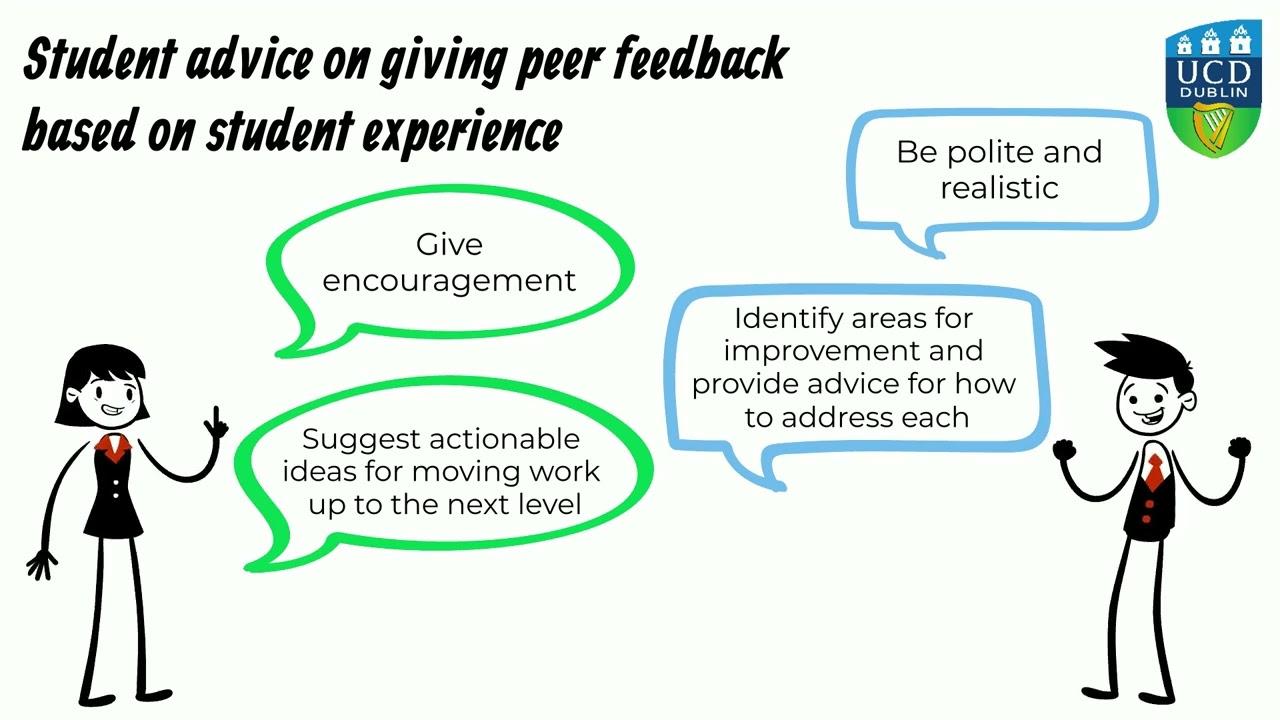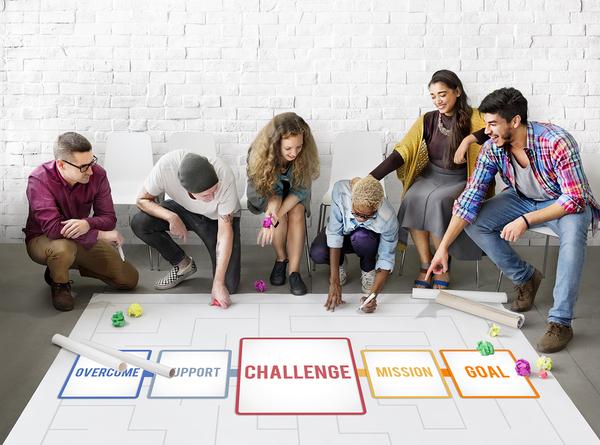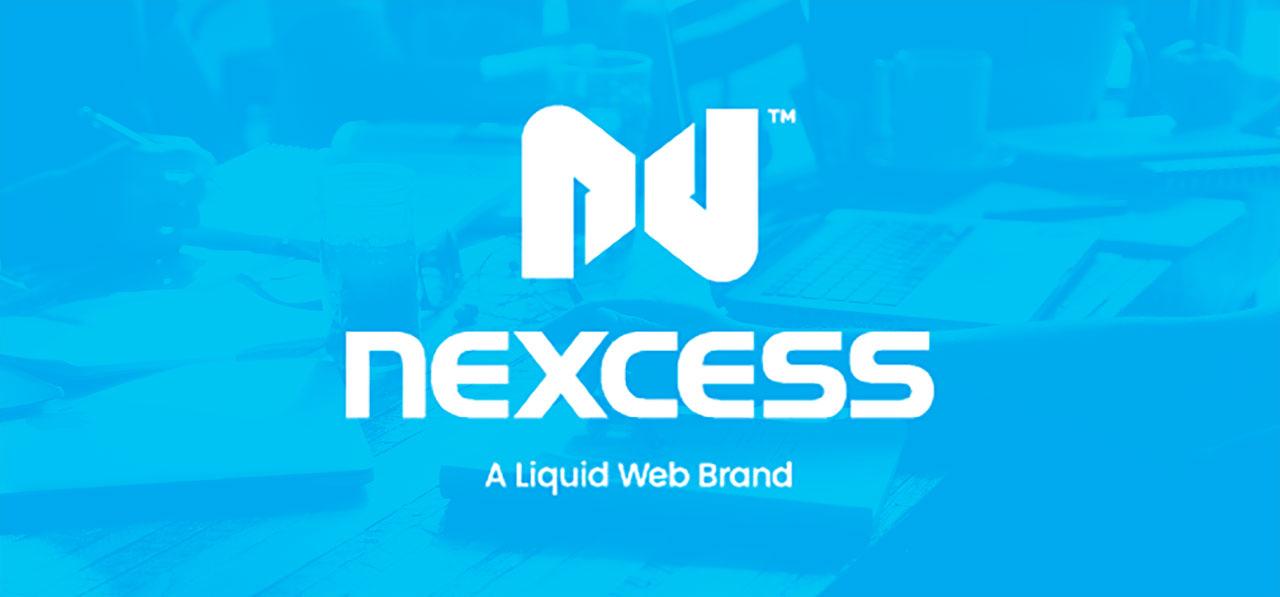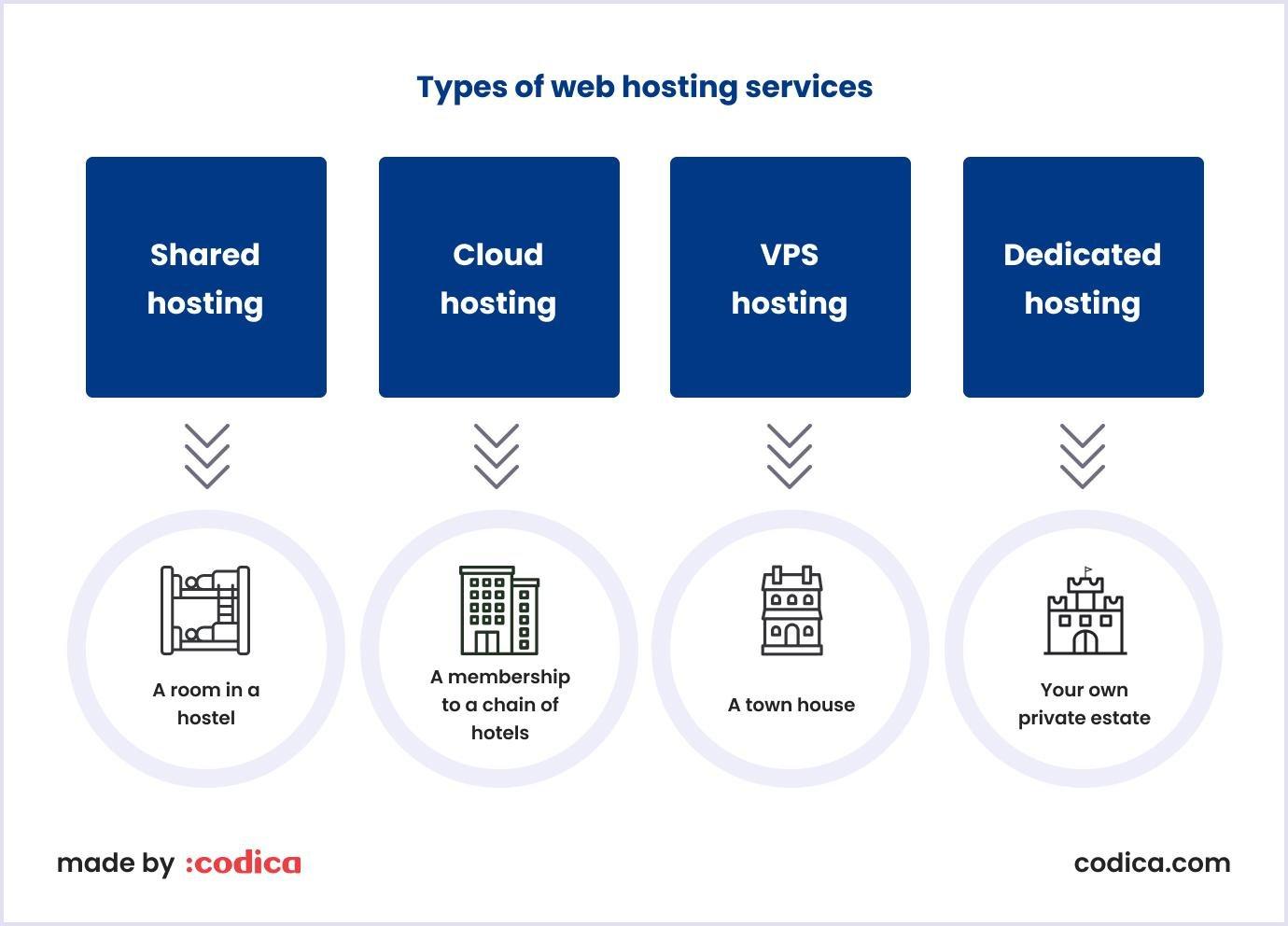Creating Connection: 5+ Best Strategies for Building Community in Online Courses
In today’s digital age, online courses have transformed the way we learn, making education more accessible than ever before. But let’s face it—sometimes that virtual classroom can feel a bit lonely,right? You log in,watch the videos,maybe participate in a discussion or two,and then it’s back to your own corner of the internet. The truth is, learning doesn’t have to be a solitary journey. Building a strong community within your online course can enhance not only your educational experience but also your motivation and engagement.
So, how do you create that sense of belonging and camaraderie among your students? Whether you’re an instructor looking to foster connections or a learner eager to engage more fully, you’re in the right place. In this article,we’ll explore more than five powerful strategies that will help you cultivate an inclusive and interactive online community. By the end, you’ll have the tools to transform your online course into a vibrant hub of collaboration and support. Let’s dive in!
Understanding the Importance of Community in Online learning
In the realm of online learning, the significance of community cannot be overstated. A strong community transforms a solitary educational experience into a vibrant hub of collaboration and support. This sense of belonging fosters engagement, motivation, and a deeper understanding of course material. When learners connect with their peers, they are more likely to share insights, ask questions, and challenge each other’s thinking. This interaction ultimately enhances the learning experience, making it not just about acquiring knowledge, but also about building relationships.
One of the most effective ways to nurture community within online courses is by encouraging active participation. Here are some strategies to consider:
- Create interactive discussion forums: Set up dedicated spaces where learners can share thoughts, ask questions, and provide feedback.
- Implement group projects: Assign tasks that require collaboration, allowing students to work together and form connections.
- Host live Q&A sessions: Regular, live interactions can foster a sense of immediacy and connection among participants.
- Utilize social media groups: Platforms like Facebook or Slack can serve as informal environments for students to engage and share experiences.
Another vital aspect of community building is recognition and celebration of achievements.When students feel acknowledged, it encourages them to remain engaged. Consider these methods:
| Strategy | Description |
|---|---|
| Badges and Certificates | Reward students for completing modules or reaching milestones. |
| Spotlight Features | Highlight student achievements in newsletters or course announcements. |
| Peer Recognition | Encourage students to acknowledge each other’s contributions and successes. |
moreover, fostering a culture of empathy and support plays a crucial role in developing a close-knit community. Ensure that interaction is respectful and that all students feel safe to express their opinions. Setting clear guidelines for interaction can definitely help cultivate a positive habitat. encouraging mentors or course facilitators to model supportive behavior can significantly influence the community’s tone.
Ultimately, the power of community in online learning lies in its ability to create a rich tapestry of experiences and interactions. by implementing these strategies, educators can cultivate an environment where students not only learn but thrive together.The connections formed in these digital spaces can lead to lasting relationships, networking opportunities, and a shared journey of growth.
Creating Engaging discussion Forums to Foster Interaction
To create vibrant discussion forums that truly foster interaction among participants, consider implementing strategies that encourage engagement, collaboration, and a sense of belonging. One effective approach is to establish clear guidelines for discussions. This not only sets expectations but also ensures a respectful and productive atmosphere. Encourage members to share their thoughts openly while emphasizing the importance of constructive feedback and active listening.
Another powerful strategy is to introduce themed discussion topics. By rotating themes weekly or monthly, you can keep conversations fresh and exciting. This tactic invites participants to explore different aspects of the course material,while also making it easier for newcomers to join in. Prompting discussions with open-ended questions can also ignite lively debates and deeper exploration of concepts, allowing members to connect over shared interests and diverse perspectives.
Incorporate multimedia elements to enhance discussions and make them more interactive. Encouraging participants to share videos, infographics, or relevant articles can stimulate conversation and provide varied content for discussion. Additionally,consider hosting live Q&A sessions or webinars where members can engage in real-time dialogues,further strengthening community ties.
utilizing recognition and incentives can significantly boost participation. Create a points or badge system to reward active contributors. This not only motivates members to engage more frequently but also creates a sense of achievement. Recognizing top contributors in a monthly highlight post can elevate their status within the community and inspire others to participate.
To ensure ongoing engagement, it’s crucial to regularly assess the forums. Solicit feedback from participants on what topics resonate most with them or what changes they’d like to see. This can be done through simple surveys or polls. Creating a space where learners feel heard and valued will strengthen community bonds and encourage sustained interaction.
Leveraging group Projects to Build Connections
Group projects in online courses can be a game changer for building connections among students. By working collaboratively, participants can break down barriers, share knowledge, and develop relationships that extend beyond the virtual classroom.The key lies in creating an environment where every voice is valued and encouraged to contribute.
To make the most of group projects, it is essential to establish clear roles and responsibilities. When each member knows what is expected of them, the group can function more smoothly, fostering a sense of accountability and camaraderie. Encouraging students to take turns leading discussions or managing tasks can also promote a stronger bond as they learn to rely on each other’s strengths.
Another effective strategy is to leverage discussion boards and messaging platforms to facilitate communication. These tools can provide a space for group members to brainstorm ideas, share resources, and ask questions without the pressure of a live setting. Encouraging informal chats can also lead to personal connections and deeper relationships, making the learning experience more enjoyable for everyone involved.
Incorporating icebreaker activities at the beginning of group projects can set a positive tone. Simple exercises that allow students to share personal interests or fun facts can break down initial barriers and create a pleasant atmosphere. As members get to know one another, they are more likely to engage fully and support each other throughout the project.
| Strategy | Description |
|---|---|
| Clear Roles | Assign specific tasks to each member to promote accountability. |
| Communication Tools | Use platforms for brainstorming and sharing resources. |
| Icebreakers | Engage in fun activities to foster a friendly atmosphere. |
make sure to celebrate group achievements, no matter how small. Acknowledging the hard work and creativity of each member encourages continued collaboration and reinforces community spirit. Whether it’s a simple shout-out in a forum or a virtual celebratory session, these moments of recognition can strengthen connections and motivate students to engage more deeply with one another.

Utilizing Social Media to Expand Your Course Community
Social media platforms have transformed the way we interact, making them powerful tools for building a vibrant community around your online courses. By leveraging these platforms, you can create an engaging environment that enhances learning and fosters connections among students. Here are some effective strategies to consider:
- Create a Dedicated Group: Establish a private Facebook group or a LinkedIn community where students can interact, share insights, and ask questions. This space encourages collaboration and strengthens relationships.
- utilize Live Sessions: Host live Q&A sessions or webinars on platforms like Instagram Live or Facebook Live. This real-time interaction helps students feel more connected and valued.
- Share User-Generated Content: Encourage students to share their experiences, projects, or testimonials on social media. Highlighting their contributions not only boosts engagement but also promotes a sense of belonging.
- Organize Challenges or Contests: Engage your audience with fun challenges related to your course material. This can spark creativity and encourage participation, making learning more enjoyable.
- Regular Updates and Tips: Use your social media channels to share valuable content, tips, and course updates. Consistency in communication keeps students informed and motivated.
Along with these strategies, consider using social media analytics tools to monitor engagement. Understanding what resonates with your audience allows you to refine your approach continually. Here’s a simple table to help you visualize community engagement metrics:
| Metric | Current Value | Target Value |
|---|---|---|
| Group Members | 250 | 500 |
| Weekly Engagement Rate | 15% | 30% |
| Content Shares | 30 | 100 |
By implementing these strategies, you not only enhance the learning experience but also cultivate a supportive community that thrives on connection and collaboration. The more involved your students are on social media, the more likely they are to engage with the course material and with each other, leading to a richer educational experience for everyone.

Implementing Regular Live Sessions for Real-Time Engagement
Embracing the power of live sessions can transform the way you engage with your online course participants. By creating a space for real-time interaction, you not only foster a sense of community but also enrich the learning experience. Here are some compelling reasons to implement regular live sessions:
- Instant Feedback: Live sessions allow for immediate responses to questions, clarifying concepts right when they are needed. This instant support helps to keep learners motivated and on track.
- Community building: Participants can see each other, share experiences, and form connections, which is vital for building a supportive learning environment.
- Dynamic Learning Experience: Incorporating tools like polls, quizzes, and breakout rooms during live sessions can make learning interactive and fun, catering to different learning styles.
- Accountability: Regularly scheduled sessions encourage students to stay engaged, reducing the chances of them falling behind in the course material.
To maximize the effectiveness of these live interactions, consider the following best practices:
- Set a Consistent Schedule: establish a routine that participants can rely on. Whether weekly or bi-weekly,a regular schedule helps learners plan their time effectively.
- Promote Participation: Encourage students to prepare topics or questions in advance, making them feel more involved in the session.
- Record Sessions: Not everyone can attend live. Providing recordings ensures that all students can catch up on important discussions and insights.
For a structured approach, you could even create a simple table to outline your live session topics, dates, and formats. Here’s a straightforward example:
| Date | Topic | Format |
|---|---|---|
| April 10 | Interactive Q&A | Live Video |
| April 17 | Guest Expert Session | Webinar |
| April 24 | Group Project Showcase | Panel Discussion |
By integrating regular live sessions into your online course,you create a vibrant learning community where participants feel valued and engaged. This approach not only enhances the educational experience but also encourages lifelong connections among learners, paving the way for ongoing collaboration and support beyond the course itself.

Encouraging Peer Feedback to Enhance Collaboration
Peer feedback is a powerful tool that can significantly enhance collaboration in online courses. By fostering an environment where learners feel comfortable sharing their thoughts and ideas, we can create a vibrant community that thrives on support and constructive criticism. Here are some effective strategies to encourage peer feedback:
- Set Clear Expectations: Clearly outline the objectives of peer feedback sessions. Let students know what is expected of them and how their feedback will be used to improve their own learning and also that of their peers.
- Create a Safe Space: Cultivate an atmosphere where students feel safe to express their opinions without fear of judgment. This can be achieved through icebreaker activities or anonymous feedback options that allow for honest input.
- Model Constructive Feedback: provide examples of constructive feedback. Demonstrating how to give feedback in a respectful and helpful manner can guide students in developing their own feedback skills.
- Incorporate Structured Feedback Sessions: Designate specific times for peer review. This could be through structured assignments or peer review forums that encourage collaboration and critical thinking.
- Utilize Peer Assessment Tools: leverage online tools and platforms that facilitate peer review.These tools can streamline the process and make it easier for students to provide and track feedback.
To further enhance the feedback culture, consider implementing a framework that encourages ongoing dialog among students. Regular check-ins can help sustain engagement and allow learners to share insights on the feedback process itself.Here’s a simple table showcasing various peer feedback methods and their benefits:
| Feedback Method | Benefits |
|---|---|
| Peer Review Sessions | Encourages critical thinking and collaborative learning. |
| Feedback Forums | Provides a platform for open discussion and diverse perspectives. |
| Anonymous Surveys | Promotes honest feedback without fear of backlash. |
| Group Projects | Enhances teamwork skills and shared responsibility. |
encouraging peer feedback not only enriches the learning experience but also builds a sense of community. When students engage in meaningful exchanges about their work, they are more likely to form connections with one another, leading to a supportive learning environment. Thus, integrating these strategies will not only improve individual performance but also strengthen the overall community within online courses.

celebrating Milestones to Strengthen Community bonds
One of the most effective ways to foster a sense of community in online courses is by celebrating milestones. Recognizing achievements, whether big or small, not only boosts individual morale but also strengthens the collective bond among participants. Here are a few strategies that can help you create a vibrant community through milestone celebrations:
- Interactive Achievement Badges: Design and distribute digital badges for various accomplishments, such as completing modules, participating in discussions, or helping peers. These badges can be displayed on personal profiles, creating a sense of pride and achievement.
- Community Recognition Events: Host live virtual gatherings where participants can share their accomplishments. Incorporate fun elements like games or quizzes that celebrate recent milestones, fostering both camaraderie and engagement.
- Milestone Wall: Create a dedicated section on your course platform where students can post their achievements. This visual representation of success can inspire others and encourage them to participate actively.
In addition to individual recognition, collective celebrations can bring the community closer. Consider integrating these ideas:
- Group Challenges: Organize challenges that require collaboration towards a common goal. Celebrating the completion of these challenges can cultivate teamwork and foster deeper connections among participants.
- Highlighting Success Stories: Feature success stories from community members in newsletters or course announcements. This not only serves as motivation but also shows that everyone’s journey is valued.
Establishing a timeline for regular milestone celebrations can enhance anticipation and participation. Consider implementing a monthly or quarterly schedule that includes:
| Month | Celebration Type | Purpose |
|---|---|---|
| January | New Year Kick-off | Setting goals together |
| April | Mid-course Check-in | Sharing progress |
| July | Summer Celebration | Recognizing achievements |
| October | Course completion Gala | Celebrating final achievements |
By implementing these strategies, you can transform individual achievements into communal celebrations, ultimately resulting in a more connected and supportive online learning environment. When students see their fellow learners recognized and celebrated, it cultivates a culture of encouragement and shared success that can propel everyone forward.

Building an Inclusive Environment for Diverse Learners
creating an inclusive environment for diverse learners in online courses is not just a best practice; it’s essential for fostering a sense of belonging and engagement. To ensure that every student feels valued and empowered, consider implementing the following strategies:
- Embrace diverse perspectives: Encourage students to share their backgrounds and experiences. Use discussion boards to facilitate conversations that allow learners to contribute unique viewpoints. This not only enriches the dialogue but also helps students see the value in diversity.
- Utilize Accessible technology: Ensure that your course materials and platforms are accessible to all learners. This means using screen readers, providing captions for videos, and ensuring that documents are formatted for easy navigation. Accessibility should not be an afterthought but a priority.
- Foster a Safe Space for Sharing: Create guidelines that promote respectful communication and open dialogue. When students know that their opinions will be valued and respected, they are more likely to participate fully in discussions.
- Implement Collaborative Projects: Group assignments can help to build connections among learners from diverse backgrounds. Encourage students to work together in teams, fostering a sense of community while allowing them to learn from one another.
- provide Multiple Means of engagement: Offer various ways for students to engage with the material,such as interactive quizzes,multimedia presentations,and virtual meetups. This variety caters to different learning styles and preferences, making the course more inclusive.
| Strategy | Description |
|---|---|
| Embrace Diverse Perspectives | Encourage sharing of backgrounds and experiences. |
| Utilize Accessible Technology | Ensure all materials are accessible to all learners. |
| Foster a Safe Space | Promote respectful communication and open dialogue. |
| Implement Collaborative Projects | Encourage teamwork among diverse learners. |
| Provide Multiple Engagement Means | Use varied methods to cater to different learning styles. |
These strategies are not just about compliance; they are about creating a learning environment where every student can thrive. By actively working to build an inclusive community, you not only enhance the learning experience but also inspire students to engage more deeply, collaborate effectively, and support one another on their educational journeys.

Using Gamification to Boost Participation and Interaction
Incorporating elements of gamification into your online course can create a dynamic learning environment that keeps students engaged and motivated. Gamification is not just about adding points or badges; it’s about transforming the learning experience into something that feels rewarding and fun. by introducing game-like features, you can encourage participation and interaction among learners, leading to a vibrant community.
Here are some effective ways to implement gamification:
- Leaderboards: create a leaderboard that showcases the top performers in your course. This friendly competition can drive students to engage more actively with the content and each other.
- Badges and Achievements: Introduce badges for completing modules, participating in discussions, or achieving specific milestones. These tangible rewards give learners a sense of accomplishment and encourage them to strive for more.
- Quests and Challenges: Design quests that require learners to complete certain tasks or challenges. This can be in the form of group projects or individual assignments that add an element of adventure to the learning process.
- Incentives for Participation: offer incentives, like bonus points or exclusive content, for students who actively contribute to discussions or provide peer feedback. This encourages a culture of collaboration.
- Interactive Polls and Surveys: Use polls and surveys during live sessions to gauge student opinions and insights. This not only makes learners feel valued but also stimulates conversation and debate.
To visually track progress and engagement, consider implementing a table that showcases various gamification elements and their corresponding effects on learner interaction:
| Gamification Element | impact on Participation |
|---|---|
| leaderboards | Increased competition and motivation |
| Badges | Enhanced sense of achievement |
| Quests | Boosted collaboration and teamwork |
| Incentives | Higher levels of engagement |
| Interactive Polls | Encouraged participation and feedback |
By carefully selecting and implementing these elements, you can foster a sense of community among your online learners. Gamification not only enhances the educational experience but also promotes valuable social connections that can make your course feel more engaging and less isolated.As learners interact with each other and the content, they are more likely to form relationships that enrich their educational journey.
Frequently Asked Questions (FAQ)
Q: Why is building a community in online courses so important?
A: Building a community in online courses is crucial because it creates a sense of belonging and engagement among participants. When learners feel connected, they are more likely to participate, share ideas, and support each other, which enhances their overall learning experience. Plus, a strong community can lead to better retention rates and higher satisfaction with the course.
Q: What are some effective strategies for creating a community in online courses?
A: There are several strategies that can work wonders! Here are a few of the best:
- Interactive Platforms: Use platforms that facilitate discussions, such as forums or social media groups. this encourages students to interact beyond the coursework.
- Group Activities: Incorporate group projects or breakout sessions. Collaboration fosters connections and enhances learning through shared experiences.
- Regular Check-ins: Schedule regular video calls or Q&A sessions. This humanizes the experience and helps build rapport among participants.
- Encourage Peer feedback: Create opportunities for students to provide feedback on each other’s work. This not only builds trust but also enriches the learning process.
- Celebrate Achievements: Showcase student successes, be it through shout-outs in newsletters or a dedicated “wall of fame.” Celebrating milestones builds a positive community culture.
- Create a Safe Space: Foster an environment where everyone feels safe to share their thoughts and questions. This can be achieved by establishing clear guidelines for respectful communication.
Q: How can instructors foster engagement within the community?
A: instructors play a pivotal role! They can engage by being present and responsive in discussions, asking open-ended questions, and sharing personal experiences related to the course material. Moreover, being approachable and encouraging can motivate students to participate more actively.
Q: What role does technology play in building an online course community?
A: Technology is a game-changer! Utilizing tools like discussion boards, chat apps, and video conferencing platforms can create dynamic interactions among students. Additionally, using gamification elements, like leaderboards or badges, can further engage learners and encourage participation.
Q: Can you share some tips for keeping the community thriving after the course ends?
A: absolutely! To keep the community alive post-course,consider creating a private alumni group where former students can continue discussions,share updates,and network. Regular alumni events, newsletters, or even a mentorship program can help maintain connections and encourage ongoing learning.
Q: What’s the takeaway for someone looking to create community in their online course?
A: The key takeaway is that community isn’t just a bonus—it’s a vital part of the learning experience! By implementing interactive strategies, being present, and fostering a supportive environment, you can create a thriving community that enhances the journey for every learner. Remember,when students connect,they grow!
In Retrospect
As we wrap up our exploration of the best strategies for building community in online courses,let’s take a moment to reflect on the transformative power of connection in the digital learning landscape. Remember,fostering a sense of community isn’t just a nice-to-have; it’s an essential ingredient that can elevate your course experience from good to unforgettable.
Whether you’re implementing interactive discussions, creating collaborative projects, or encouraging peer-to-peer feedback, each strategy offers unique ways to engage and inspire your learners. The magic really happens when students feel a sense of belonging, open up to one another, and share their journeys.Not only does this enhance learning, but it also cultivates a supportive environment where everyone can thrive.
So, don’t hesitate! Start implementing these strategies today and watch your online course transform into a vibrant community of eager learners. After all, a strong community can turn a solitary online learning experience into a rich tapestry of shared insights, friendships, and growth. Let’s make your online course not just a place to learn, but a place to connect and grow together. You’ve got this!




